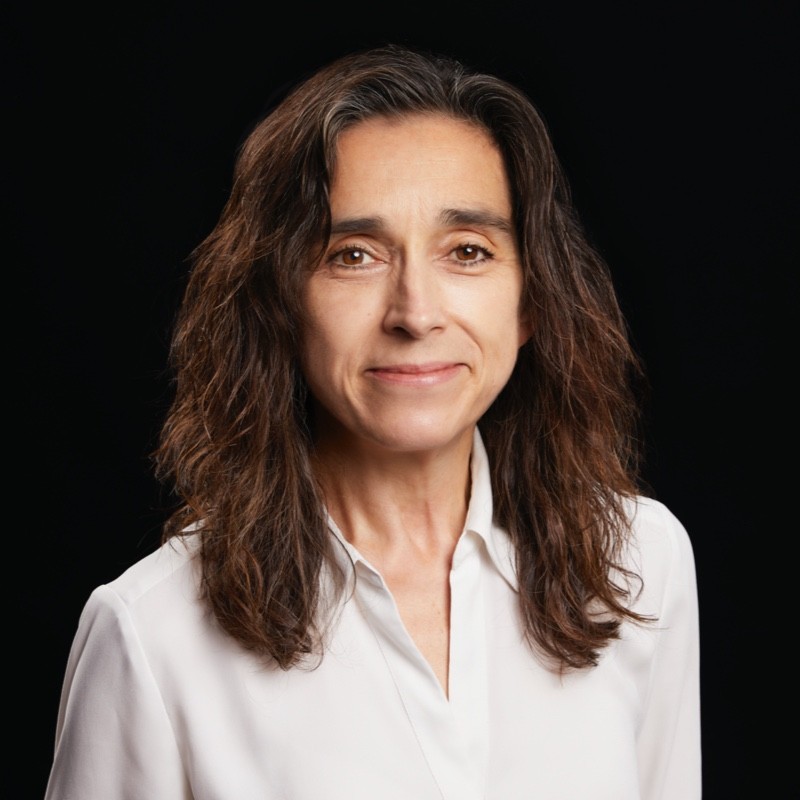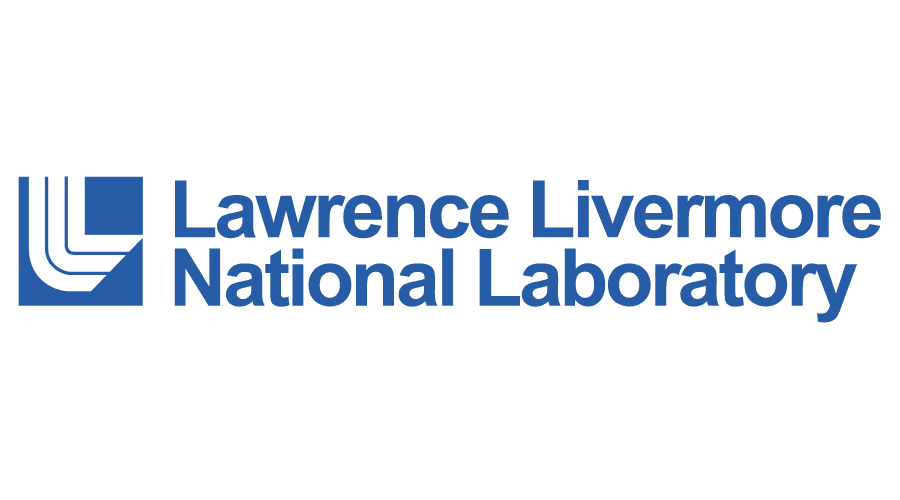One look at the news today will tell you the world is facing a whole host of problems: from political upheaval to the socio-economic effects of Covid-19 all the way to climate change – it’s pretty clear we have a lot of work to do. At times, it can really feel like we’re being overwhelmed by the issues we have to tackle.
So, it’s nice to know that there are people who look at these problems not with an overwhelmed sense of dread, but with a deep sense of determination – and Lawrence Livermore National Laboratory is full of those kinds of people.
LLNL is advancing nuclear weapons science, and focuses on a variety of other energy, national security, and technological research problems. The Lab, headed by Director Kim Budil, is staring down the crises that face all of us, and it’s doing so by mixing the realms of scientific exploration and entrepreneurial grit to bring innovative solutions to the table. But how does LLNL find a balance between competition and collaboration? Find out on Business X factors.
Main takeaways:
- Forge Extreme Partnerships: No company is able to do it all, especially as the challenges of today’s world keep getting more complex. The solution is what Intel’s Jason Kimrey and John Kalvin refer to as “Extreme Partnerships.” To adapt to complexity, they suggest bringing together best-of-breed companies. Acknowledge that you don’t know everything, be willing to defer to the greatest expertise, think service rather than stand-alone systems, and adapt to longer sale cycles.
- Teamwork = Success: Yuval Noah Harari wrote in his book Sapiens how our ancestors were pretty insignificant animals until they started acting as a collective. All the huge achievements in humankind, he says, are because of the ability to cooperate flexibly in large numbers. In business, teamwork is essential to a company’s success. In a 2020 issue of American Psychologist, a raft of evidence was presented to prove that teamwork can make more people smarter, more creative, and more successful while McKinsey found that diverse teams are more creative and perform better by 35%.
- Curiosity Marks a Great Leader: Curiosity is regarded by executive coaches as an ‘elite’ communication skill. According to executive coach, Stephynie Malik, curiosity is not merely asking questions, it is targeted, thoughtful questions to verify behaviors and align intentions. Leaders’ questions may be viewed by many as permission to do the same which could unlock transformational results.
Key quotes:
“This is an era of extreme partnership. I would say our institution is amazing and we have a lot of capability, but on any day, there are always more smart people outside the fence than inside. And so, if we’re really going to continue to try to tackle the most difficult problems, working with other institutions, academic institutions, private sector, other government entities, communities, other national labs, and international partners is really important to be pushing that forward.”
“The people who love it here, love the fact that we do this cutting-edge science and technology. We have all these great facilities and all these wonderful tools. And it’s part of something that really matters. They’re part of something bigger, their work contributes to U.S. national security and U.S. economic competitiveness every day and that’s a big deal.”
“Our job is to really help the government understand the problems that they face, the challenges that the nation faces, that the globe faces and help them see what the possible path forward, what the solutions might look like, how can science and technology help make a difference in these different areas. And so, for us, it’s gotta be a big problem.”
“I was really good at making connections and I enjoyed that and I really enjoy lots of different kinds of science. I’ve worked in many different fields and I really enjoy learning new things and digging in, meddling in other people’s business. Maybe that’s it. The mark of a great leader is that you’re really curious, you’re interested in what people are doing.”
“I think [our success is] a combination of two things. One is boundless, technical ambition. We like to say that Livermore [is] making the impossible possible for 70 years, and the second part is team ethos. The way you do big things is not with one scientist in one discipline sitting by themselves in their lab. It’s with physicists, chemists, engineers, computer scientists, environmental scientists, you know, intelligence analysts, social scientists, policy people, all working together to really bring solutions to bear for these big problems. And so, that is the magic.”
Bio:
Kim Budil is the 13th director of the Lawrence Livermore National Laboratory. She came to the Lab in 1987 as a graduate student in Laser Programs and became a postdoc in the weapons program in 1994. Over her career, she has held roles of increasing management responsibility across LLNL programs, including Weapons and Complex Integration, in which she served as principal associate director, as well as Global Security, the National Ignition Facility and Physical and Life Sciences. Kim served twice as a detailee in Washington, D.C., first at the NNSA in the Office of Defense Science and then as a senior adviser to the undersecretary for Science in the Department of Energy. Budil holds a bachelor’s degree in physics from the University of Illinois at Chicago and a Ph.D. in engineering/applied science from the University of California, Davis.
—
Business X factors is produced by Mission.org and brought to you by Hyland.
For over a decade, Hyland has been named a Leader in the Gartner Magic Quadrant for Content Services Platforms, leading the way to help people get the information they need when and where they need it. More than half of 2019 Fortune 100 companies rely on Hyland to help them create more meaningful connections with the people they serve. When your focus is on the people you serve, Hyland stands behind you. Hyland is your X factor for better performance. Go to Hyland.com/insights to learn more.




